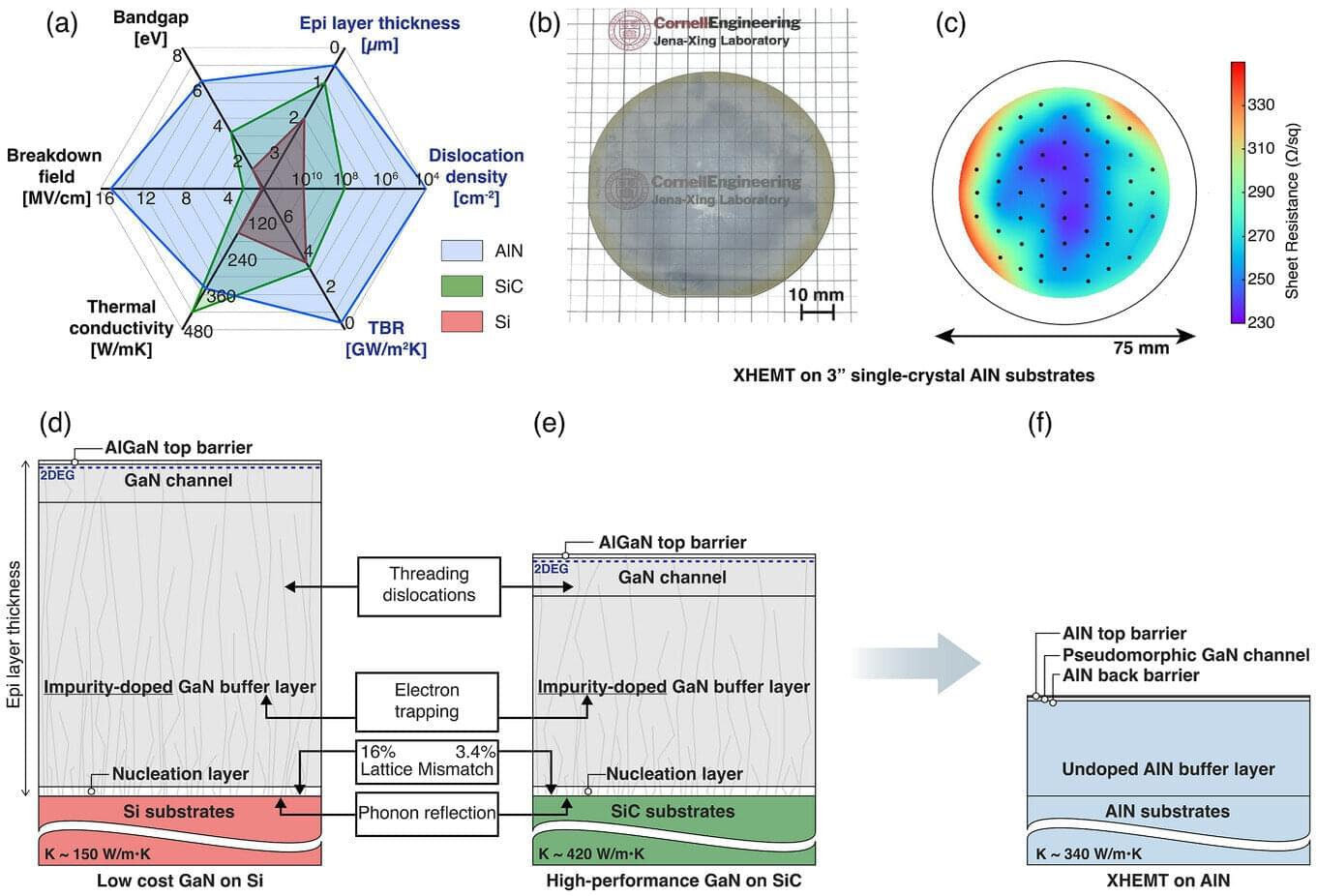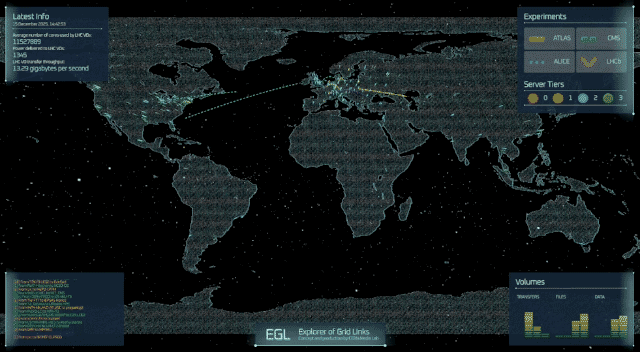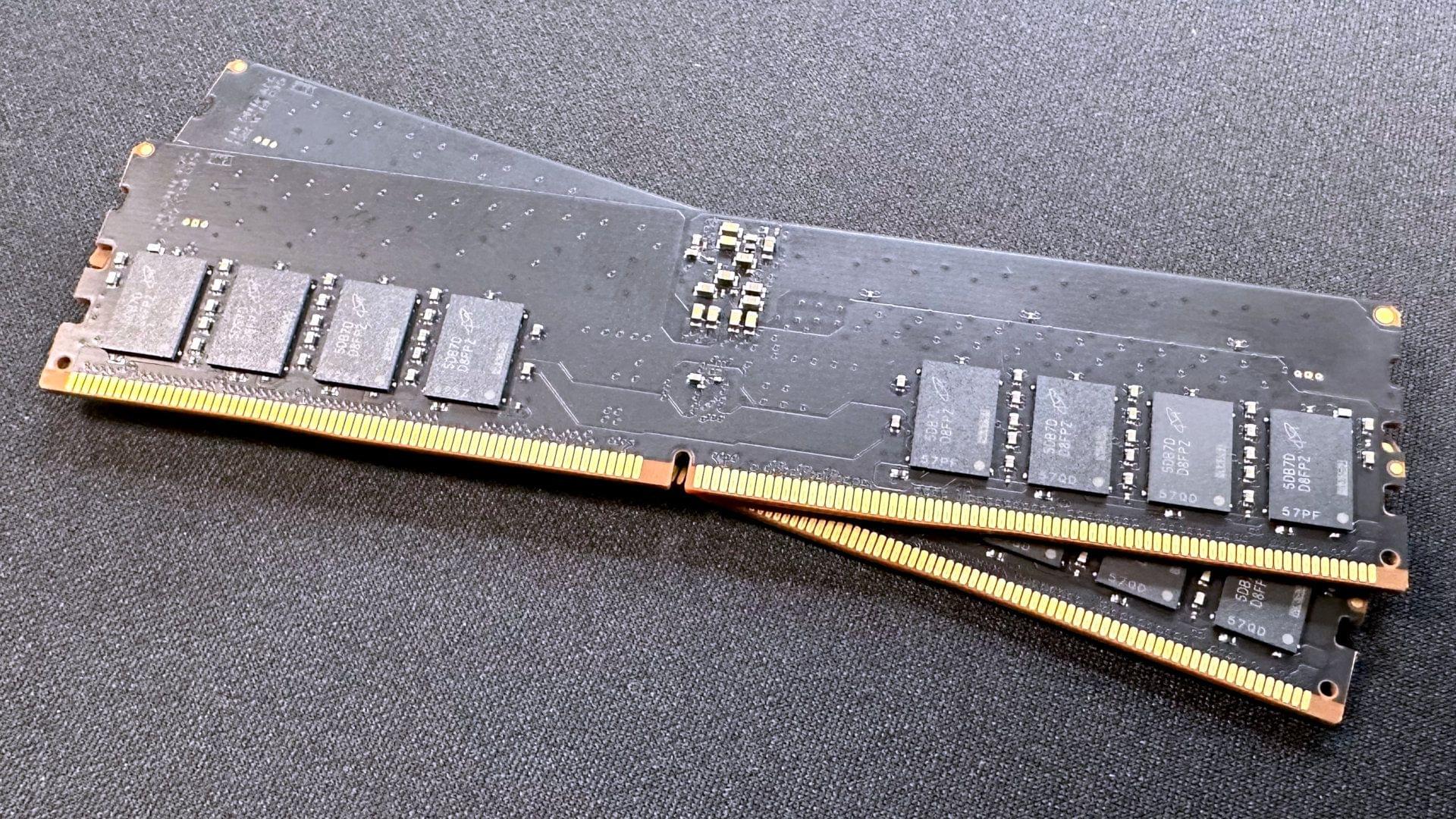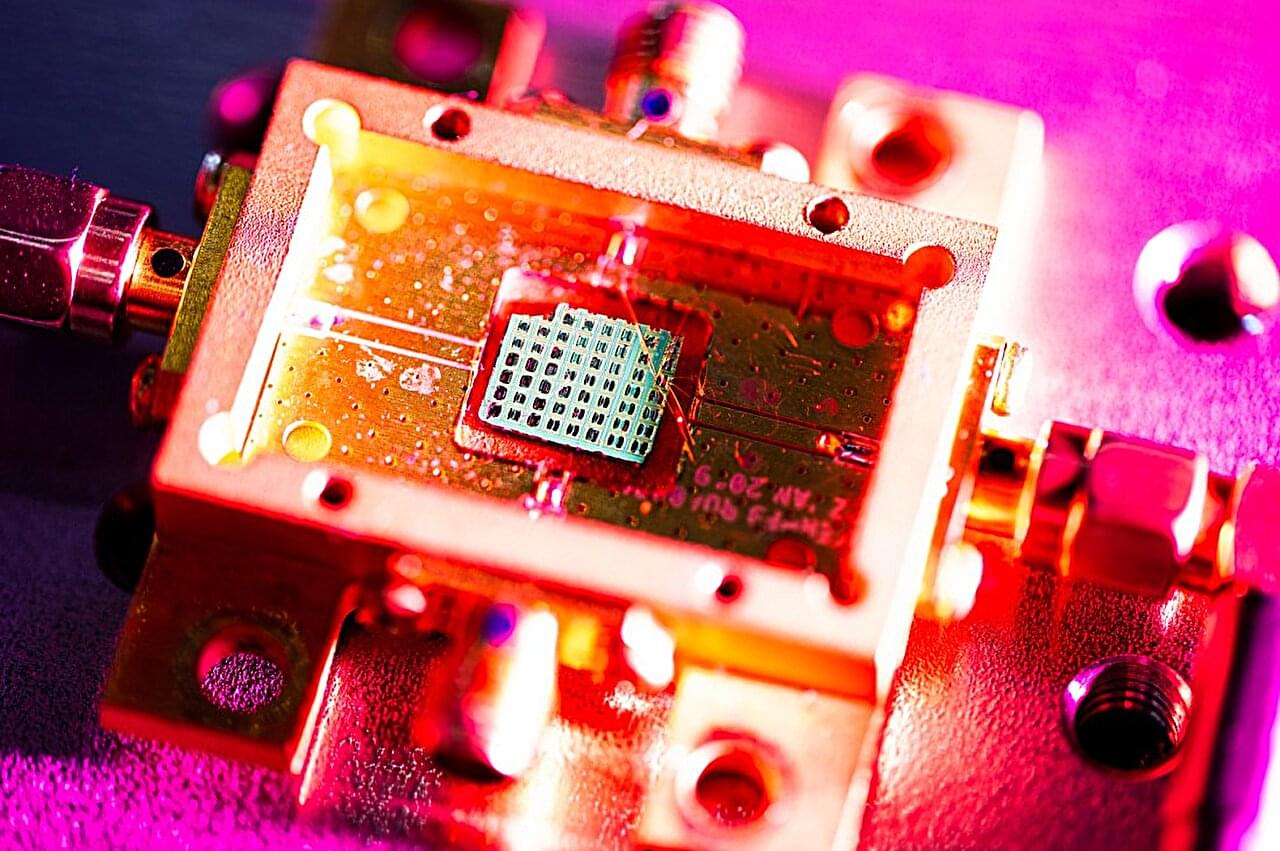Maybe that big flesh pillar’s the result of trying to download more?



Every living being must cope with a changing world—summer gives way to winter, one year it floods and the next is a drought. It’s obvious that populations of plants and animals must constantly face new challenges, says University of Vermont scientist Csenge Petak. But what’s not obvious is how these changes in the environment affect evolution.
“Do populations benefit from lots of environmental fluctuations, making new generations more prepared to face future changes,” she wondered, “or are they impaired, forced to readapt again and again, never reaching the heights of fitness that the same populations in a stable environment could achieve?”
To explore this question, she and University of Vermont computer scientist Lapo Frati—as well as two other UVM researchers and one at the University of Cambridge—developed a first-of-its-kind study using a powerful computer model that tracks thousands of generations of digital organisms.

Cornell researchers have developed a new transistor architecture that could reshape how high-power wireless electronics are engineered, while also addressing supply chain vulnerabilities for a critical semiconductor material.
The device, called an XHEMT, includes an ultra-thin layer of gallium nitride built on bulk single-crystal aluminum nitride, a semiconductor material with low defect densities and an ultrawide bandgap—properties that allow it to withstand higher temperatures and voltages while reducing electrical losses.
The device was detailed in the journal Advanced Electronic Materials and the research was co-led by Huili Grace Xing, the William L. Quackenbush Professor, Debdeep Jena, the David E. Burr Professor—both in the School of Electrical and Computer Engineering, the Department of Materials Science and Engineering, and the Kavli Institute at Cornell for Nanoscale Science—and doctoral student Eungkyun Kim.

A radical new interpretation of quantum mechanics is offered here. Professor of Quantum Information Science at the University of Oxford, Vlatko Vedral, argues that everything in the universe is a quantum wave. The difficulty of uniting the classical world and the quantum world is overcome; everything is quantum, and the quantum gives rise to the classical. His theory also overcomes the measurement problem, the observer problem, and the problem of quantum entanglement (spooky action at a distance). Poof goes the classical world!
There are, I believe, two main reasons why physics seems stuck at present. The last revolution was quantum mechanics and it began with Heisenberg’s famous paper exactly 100 years ago. And since then, not a single experiment has challenged the quantum description of reality. Not one. The first reason for this century-long absence of a new fundamental theory is that we simply haven’t had the appropriate experimental technology to probe regions where something could go wrong. This has now changed rapidly with the ongoing worldwide race to build a universal quantum computer. The technologies that go into this enterprise and that are being pursued by all the major industrial players are becoming sophisticated enough to test fundamental physics in a non-trivial way. However, there is a second reason for being stuck. It is the fact that we still haven’t agreed on the way to understand quantum mechanics. It is for this reason that I’d like to offer my own interpretation.

Scientists led by Nanyang Technological University, Singapore (NTU Singapore) investigators have made a significant advance in developing alternative materials for the high-speed memory chips that let computers access information quickly and that bypass the limitations of existing materials.
They have discovered a way that allows them to make sense of previously hard-to-read data stored in these alternative materials, known as antiferromagnets.
Researchers consider antiferromagnets to be attractive materials for making computer memory chips because they are potentially more energy efficient than traditional ones made of silicon. Memory chips made of antiferromagnets are not subject to the size and speed constraints nor corruption issues that are inherent to chips made with certain magnetic materials.


Microsoft says that recent Windows 11 security updates are causing VPN networking failures for enterprise users running Windows Subsystem for Linux.
This known issue affects users who installed the KB5067036 October 2025 non-security update, released October 28th, or any subsequent updates, including the KB5072033 cumulative update released during this month’s Patch Tuesday.
On impacted systems, users are experiencing connectivity issues with some third-party VPN applications when mirrored mode networking is enabled, preventing access to corporate resources.

Imagine a planetary computer capable of storing and processing hundreds of petabytes of data for the research needs of a worldwide community of scientists. This is the Worldwide LHC Computing Grid (WLCG), which is celebrating its 20th anniversary.
Originally conceived to handle the unprecedented data volumes of the Large Hadron Collider (LHC), the WLCG has evolved into a global network connecting hundreds of computing centres across more than 40 countries. It enables thousands of scientists worldwide to store, process and analyse massive amounts of data in quasi-real time, supporting discoveries in particle physics.
On 8 December, a special event at the CERN Science Gateway brought together the international community that has turned this ambitious project into one of the largest distributed computing collaborations in the world. Key figures from the project highlighted its history, challenges and future prospects. Les Robertson, whose efforts and leadership were instrumental during the early days of the Grid, reflected on how the idea was born and the challenges of building something that had never been done before. It was an ambitious idea for its time, one that required both technological innovation and unprecedented cooperation across countries. Yet this early confidence proved justified: the Grid rapidly moved from concept to reality, paving the way for a new model of large-scale scientific computing.


At the heart of every camera is a sensor, whether that sensor is a collection of light-detecting pixels or a strip of 35-millimeter film. But what happens when you want to take a picture of something so small that the sensor itself has to shrink down to sizes that cause the sensor’s performance to crater?
Now, Northeastern University researchers have made a breakthrough discovery in sensing technologies that allows them to detect objects as small as individual proteins or single cancer cells, without the additional need to scale down the sensor. Their breakthrough uses guided acoustic waves and specialized states of matter to achieve great precision within very small parameters.
The device, which is about the size of a belt buckle, opens up possibilities for sensing at both the nano and quantum scales, with repercussions for everything from quantum computing to precision medicine.